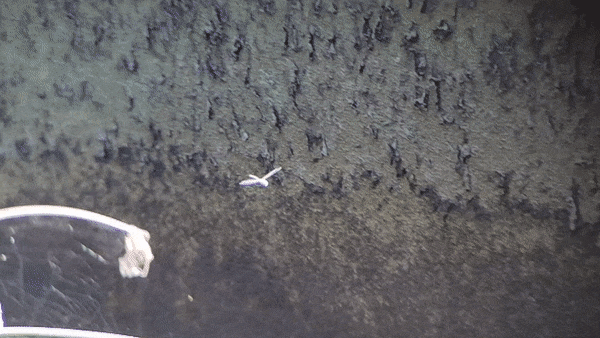Hello folks who wonder if one can either pay rent or shop for groceries at Whole Foods Market, but not both in the same month,
One of the things the pandemic stole from average citizens was the joy of flying. In economy class, of course. When flights were suspended, people started to reminisce about all the wonderful moments that made flying in economy class so enjoyable.
Watching people try to board before their group number was called, the sympathetic look they received from first class passengers while they were waiting in queue to get to their seat, the sudden reclining of the seat in front causing hot beverages to spill on their lap, the passenger who was laughing loudly every minute while watching a silly rom-com (let's be honest for a second, there are no sensible rom-coms) and finally all the eager passengers jumping out of their seats as soon as the plane hits the tarmac all make the flying experience so wholesome.
Convergent evolution is the process in which two unlike species develop features that serve a similar form or function. Take the example of birds and superman, both can fly but none of them evolved from a common ancestor although no one cares about Superman anymore since Spiderman is what the cool kids aspire to be these days. Or a Grizzly bear and a Teddy bear, even though both look similar in appearance and you can't resist cuddling with either one of them, they don't share a common lineage. Shocking but true.
One of the things you would observe if you got too close to a bird on the ground or for some reason the bird you are eyeing gets creepy vibes, it will take to the air. Before it does that, it will leap even before it starts flapping its wings. Below is a Snowy Egret doing just that.
Perching birds like this Black Phoebe adjusts its angle of takeoff first before using its legs to push itself.
Now if looking at a small bird like Black Phoebe is beneath you, I present you with a Red-tailed Hawk indulging in a similar behavior.
We live in a world where mention of any butterfly other than a Monarch butterfly, will get you labelled as anti-science or a science denier. So, if that is your thing, let me inform you beforehand there are no Monarchs in this post before you flag my post for misinformation. That said, one of the easiest butterflies to spot is the Cabbage White seen below lapping up the nectar on the Oregon gumweed flower.
Butterflies are fascinating in how they take flight since they are unlike other insects. Butterflies have really large wings as compared to their body size which allows them to turn on a dime. In order to get airborne, butterflies will clap their wings thus displacing the air trapped between the wings, which pushes them in the opposite direction. Every action has an equal and opposite reaction. Thank you, Mr. Newton. That explains why every person I "swipe right" on Tinder gets me a "swipe left" from the other side.
The other fact that makes butterflies unlike birds is that they don't flap their wings up and down. Instead, they will make a figure eight pattern with their wings during flight. Since I couldn't find a butterfly who would cooperate, I took this Cabbage Webworm Moth hostage to reveal its tricks. No one surely would have objected if I had called this a dumb ugly looking moth, but mess up the numbers of Monarch butterflies alive and the mob takes out their pitchforks. "Hey Karan, calm down, we get it you are pissed about this society's obsession with Monarch butterflies but this is not the platform for that, rant about it on twitter or some school board meeting."
One of the differences in the frequency of insects flapping their wings has to do with how frequently the neurons in the brain send impulses to the muscles to keep flapping the wings. Insects like Dragonflies and Damselflies have synchronous flight muscles which mean for every stroke of the wing, the muscles receive a corresponding nerve impulse. Below is a dragonfly moving each of its wings independently. For each wing flap the muscles are receiving a nerve impulse.
Advanced fliers like bees and flies on the other hand have asynchronous flight muscles which imply that for every nerve impulse sent to the muscles, it will translate into multiple wing flaps. This translates into high wingbeat frequency, and some crazy maneuvers to get away from a predator. Below is a Hoverfly getting spooked by yours truly while it was face deep in this Daisy flower. Because of the asynchronous flight muscles, even when it does not know where it is headed the wings still keep it airborne.











LIKE
ReplyDelete